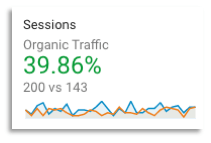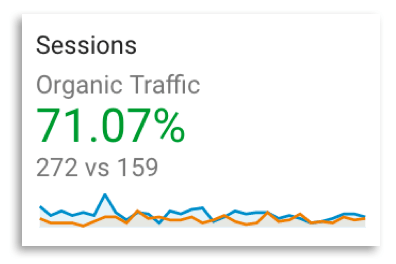6 Reasons Why Working Remotely Can Improve Your Quality of Life

This is a guest post written by Tania Longeau.
We’ve all seen people on social media posting humblebrags about how amazing it is to work remotely. They often share pictures of themselves working on their laptops while lounging on the beach, hanging out at a cool coffee shop, or relaxing on their sofa. They  also talk about the flexibility that working remotely has afforded them and how they are able to take vacations on a whim or plan impromptu outings during the regular workday. It’s no secret that working remotely is awesome.
also talk about the flexibility that working remotely has afforded them and how they are able to take vacations on a whim or plan impromptu outings during the regular workday. It’s no secret that working remotely is awesome.
In fact, it’s even better than your social media friends who work from home have told you. It can drastically improve your quality of life and even the quality of your family’s lives. Aside from the obvious benefit of not having to spend most of your life cooped up in an office, here are a few reasons why working remotely can improve your quality of life.
You Can Work from Anywhere
While it’s always smart to have a home office, you can technically work from just about anywhere. With most remote positions, as long as you have a laptop and a fast internet connection, you are good to go. In addition to allowing you to work at a local coffee shop when you need a change of scenery, this ability means that you can work while traveling around the world, visiting faraway family, or at the library when the power goes out. Being able to work from virtually anywhere means you won’t have to worry about getting permission to take time off when you want to get away. Pack up your laptop bag and work wherever you are feeling inspired.
More Time for Family
For many parents, not being able to attend their kids’ games, recitals, and other activities is a heartbreaking part of having a job. They often miss out on things like first steps, first dates, and other important milestones simply because they are unable to take time off. When you work remotely, you can be there for all of the important things in your kids’ liv es. Whether it’s being there to take them to the doctor when they aren’t feeling well, cheering them on during sporting events, or listening to them perform in a choir or band concert, working from home allows you to be there for it all. You can typically create your own schedule and set aside time for those important family moments you don’t want to miss. This improves your quality of life, and it improves your kids’ lives, too.
es. Whether it’s being there to take them to the doctor when they aren’t feeling well, cheering them on during sporting events, or listening to them perform in a choir or band concert, working from home allows you to be there for it all. You can typically create your own schedule and set aside time for those important family moments you don’t want to miss. This improves your quality of life, and it improves your kids’ lives, too.
For many parents, not being able to attend their kids’ games, recitals, and other activities is a heartbreaking part of having a job. They often miss out on things like first steps, first dates, and other important milestones simply because they are unable to take time off. When you work remotely, you can be there for all of the important things in your kids’ lives. Whether it’s being there to take them to the doctor when they aren’t feeling well, cheering them on during sporting events, or listening to them perform in a choir or band concert, working from home allows you to be there for it all. You can typically create your own schedule and set aside time for those important family moments you don’t want to miss. This improves your quality of life, and it improves your kids’ lives, too.
Working Remotely Saves Money
Whether you drive or use public transportation, going to work every day costs money. You also have to spend money on work-appropriate attire, lunches, coffee, etc. When you work from home, commuting from your bed to your home office costs nothing. You can wear anything you please, and you can whip up your own lunch and coffee. If you are able to do your work while your kids are home or work around their schedules, you’ll save money on childcare, too. According to Global Workplace Analytics, people who work from home save between $2000 and $6500 per year. That’s money that you can put into savings or spend on something a whole lot more enjoyable than going to work.
Enjoy More Free Time
On average, Americans spend just over 26 minutes commuting one-way to work. That’s nearly an hour every single day. In addition, the Auto Insurance Center estimates that motorists spend roughly 42 hours—nearly two days—stuck in traffic every year. Working remotely eliminates the lengthy commute and can add hours of free time to your schedule. You also save time by not having to spend ages getting ready each morning. You can use the extra free time to get more sleep, hang out with your family, work on a hobby, or whatever you choose. Having more time to spend as you please makes you happier and improves your quality of life.
Working from Home Is Better for Your Health
Working from home can improve your health in several ways. For starters, you don’t have a boss who is going to discipline you if you decide to get up and go for a walk or do some stretches outside of your “normal” break times. Since you have more free time when working remotely, there’s more time to go to the gym. It’s also easier to make healthy food choices when you are at home. Instead of getting lunch from the restaurant on the corner, you can prepare your own lunches using healthier ingredients. Being at home means that you are exposed to illnesses like colds and the flu, too.
If you have suffered an injury or have a disability, working from home allows you to earn an income while you are recovering. You can adapt your workspace as needed so you can do your job without hurting yourself. Instead of using whatever office furniture your boss bought, you can invest in your own ergonomic furniture to create a space that is comfortable.
Working from Home Makes Life Better
From allowing you to set your own schedule and make time to spend with your family to making it easier for you to take care of your health and save money, working from home just makes life better. Remote workers are often happier than people who work in traditional jobs. Working from home improves personal relationships, lowers stress, and allows you to enjoy more of the things that make life great.
If you are thinking about working remotely, it doesn’t take much to get started. For many positions, all you need is a good internet connection, a computer, and basic office supplies like a printer, inkjet cartridges, pens, and paper. With more and more companies offering opportunities for remote workers, it has become easier than ever to land legitimate jobs that allow you to work from home and enjoy a better quality of life.



 Although you
Although you 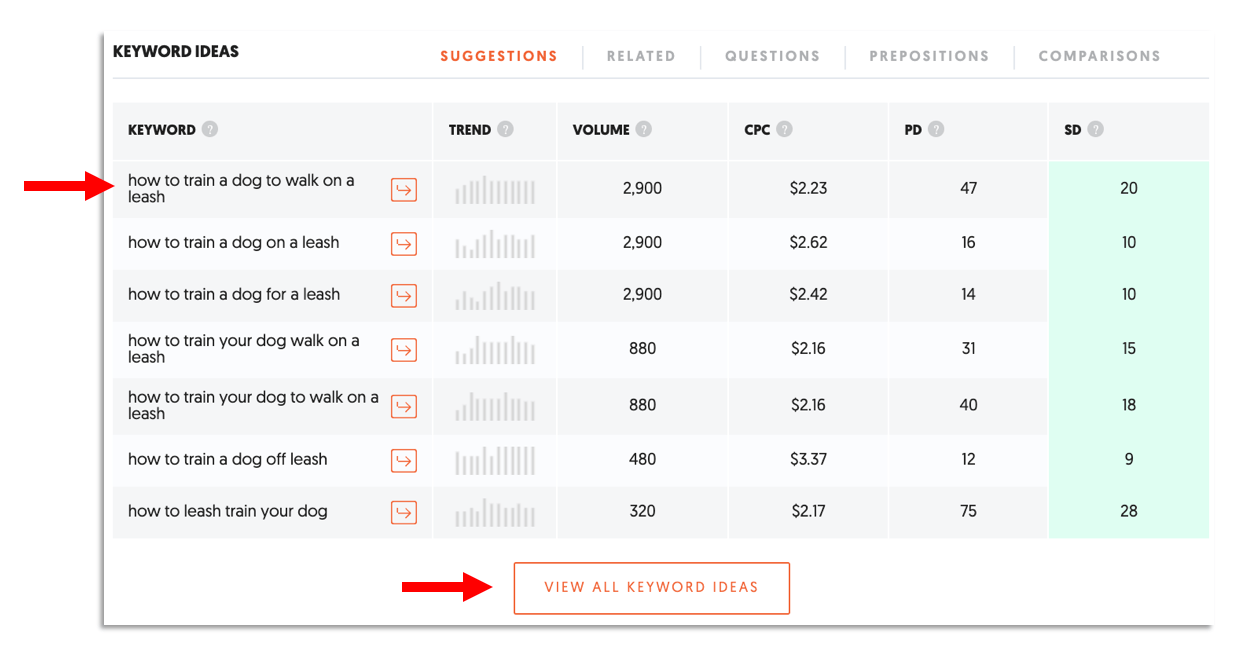
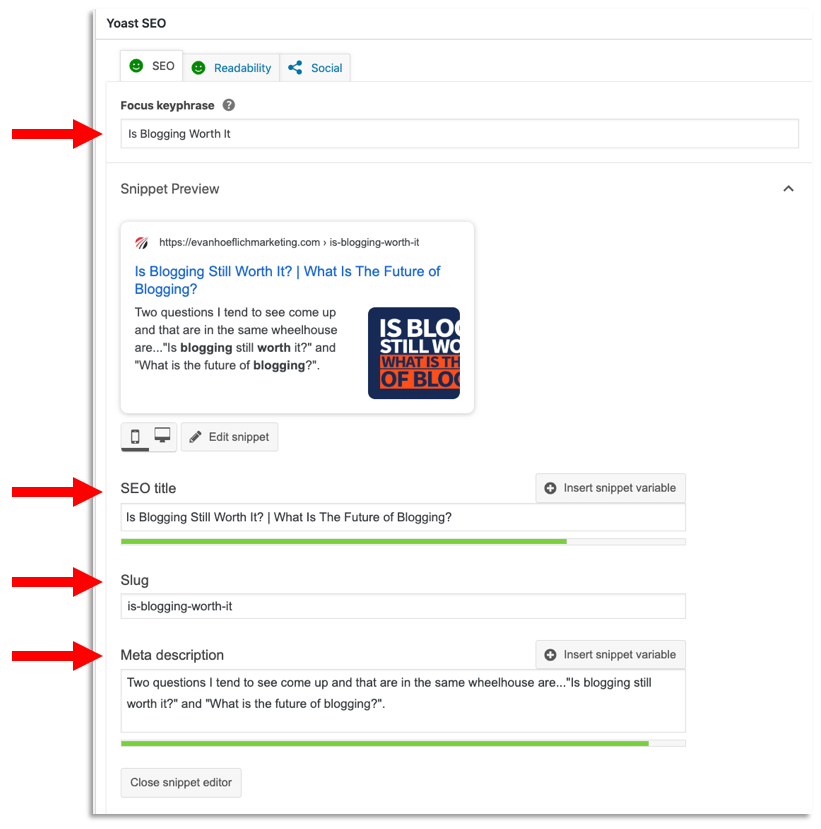
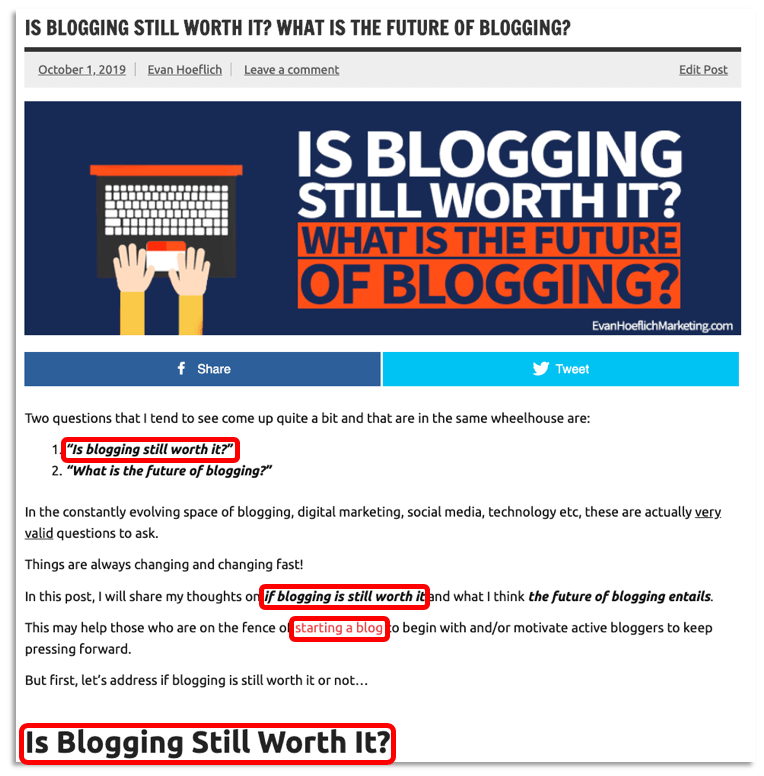

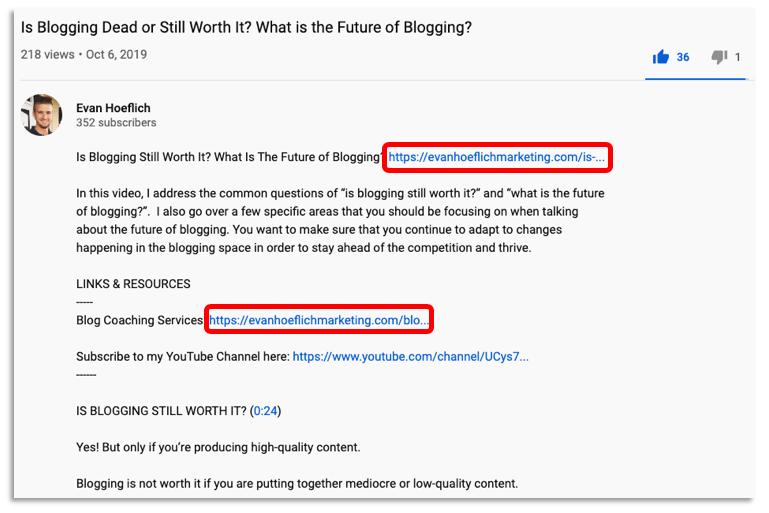


 In the past, those who use images within their Google webpages would have to build them in a specific way. Then, Google can see them. This process was called optimizing the images. Those who
In the past, those who use images within their Google webpages would have to build them in a specific way. Then, Google can see them. This process was called optimizing the images. Those who 
 Despite this, it didn’t all begin with this simplicity. The voice automated search began with a rather disappointing makeup. It didn’t respond to questions with relevant answers, but simple confusion, giving the user only the feeling of frustration.
Despite this, it didn’t all begin with this simplicity. The voice automated search began with a rather disappointing makeup. It didn’t respond to questions with relevant answers, but simple confusion, giving the user only the feeling of frustration.



